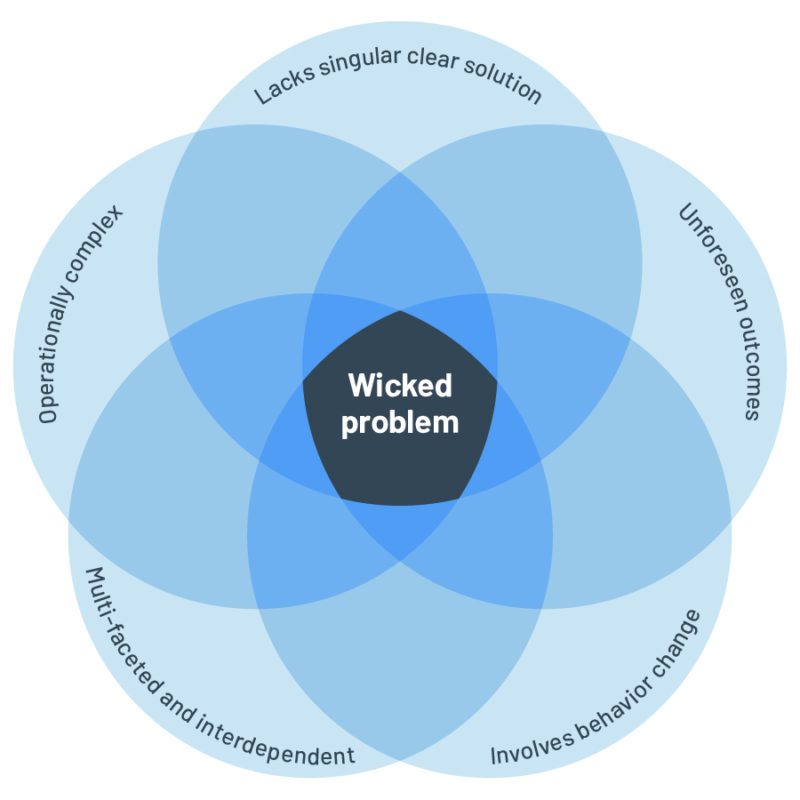I have been fortunate enough over the years to work with the leadership teams of many professional services firms – all at different stages of growth. A firm’s success is often viewed as a static measure with strategies built to reach that level. In the short-term, this is arguably not a bad thing because teams work best when given realistic but challenging targets. However, leadership teams need to have a more dynamic understanding of what continued success will look like for their businesses.
Whilst balancing short and long-term goals can be challenging for any organisation, this is particularly so for professional service firms that face complexity at every level. Their clients are ever more sophisticated, global markets are always in motion, and the firm structure often contains astounding levels of intricacy. Continued success is therefore not a static challenge for firms that can be resolved with the setting and occasional review of a linear strategy, rather I would suggest it is what’s referred to as a ‘wicked problem.’

Continued growth as a ‘wicked problem’
Unlike standard challenges that can often be resolved with the investment of finite time and resources, a wicked problem is one where there is no single right answer, the parameters are constantly in flux, and any action taken can change the dynamic of the issue itself. As John Camillus suggested in the Harvard Business Review, conventional approaches to these challenges not only fail to support continued success but often only serve to make matters worse.
Despite that article being focused on corporations, the theory holds true for professional services firm leaders today:
- Multiple stakeholders exist within the firm, each with its own priorities – business services teams are often misaligned with each other while fee earners can have an entirely different set of goals.
- The business itself is complex and issues are not easily separated from one another – a “solution” in one area may create negative impacts elsewhere in the firm’s complex matrix structure.
- Any attempt to solve an issue changes the problem itself – siloed efforts by individuals can change the nature of the problem, pushing it along the line from one team to another rather than really resolving it.
- There isn’t a single right answer or end point – the sophisticated nature of firms and the diverse markets in which they operate require flexible plans that are constantly updated and agile forecasts that can be adapted regularly.
Understanding that continued success is a wicked rather than linear problem is an essential first step for leadership teams to develop a long-term success strategy for their firm. As Albert Einstein, Abraham Lincoln and, more recently, Charles Kettering have all commented in various forms over time ‘a problem well stated, is a problem half-solved.’

Leading firms view continued success holistically
For some firms, this realisation can lead to a ‘good enough’ culture resistant to change. Partners may decide it’s too difficult to meaningfully analyse challenges in detail because there is no straightforward answer, so why rock the boat if ‘business as usual’ is sufficient? However, robust firms with strong leaders understand that a broader approach is the foundation of continued growth and success.
There is no ‘one size fits all’ approach, but firms that consistently remain at the top of the pile tend to:
- consider problems, challenges, and opportunities holistically rather than individually, despite the short-term difficulties,
- involve multiple stakeholders from different teams and backgrounds in a collaborative effort (about which Heidi Gardner has often written), and
- review, test, and consistently refine the strategy as the firm develops and markets change (as Ralph Baxter often remarks in his blog, the future successful law firm is grounded in innovation).
This mindset provides an outline to meaningfully tackling the dynamic challenge, but leaders still need a structured approach to consistently reviewing their strategy and driving successful adaptation.

How firms can develop better answers
In order for firms to develop a more holistic approach to tackling the wicked problem of continued success, I believe that a strategic focus on the following 7 firm-wide business outcomes offers the best framework:
- Defining a ‘Go-To-Market’ Strategy
- Delivering Client Success
- Growing Revenue
- Increasing Profit
- Developing Talent
- Managing Risk
- Optimising the Partnership Structure
Over coming weeks, I will explore each of these outcomes in greater detail, review some of the challenges, and highlight the important questions often left unanswered (or even unasked). This is not an exhaustive list, and its order will be prioritised differently by firms in varying situations, but these are the topics I’ve seen the most successful leadership teams use to frame how they address this wicked problem.
Success for leaders and their firms isn’t about finding the ‘right’ answer. Instead, it is about establishing a robust strategic framework that enables them to continuously develop a better answer for each of these outcomes as circumstances change over time.
Next week, I will consider the first outcome in more detail, defining and reviewing the firm’s ‘go-to-market’ strategy. In the meantime, you can explore more inspiration and resources for leaders & partners, including our latest COVID-19 law firm research findings.